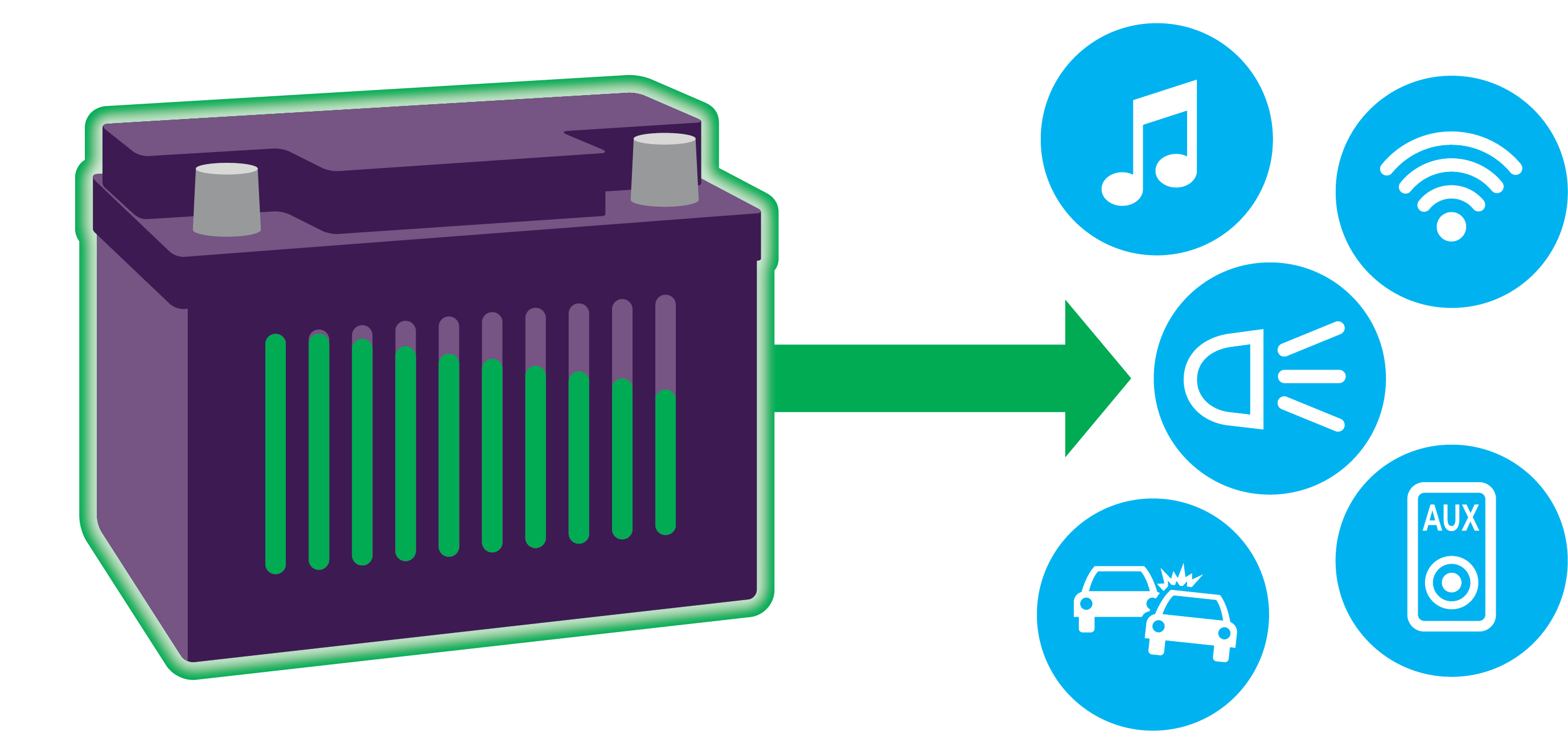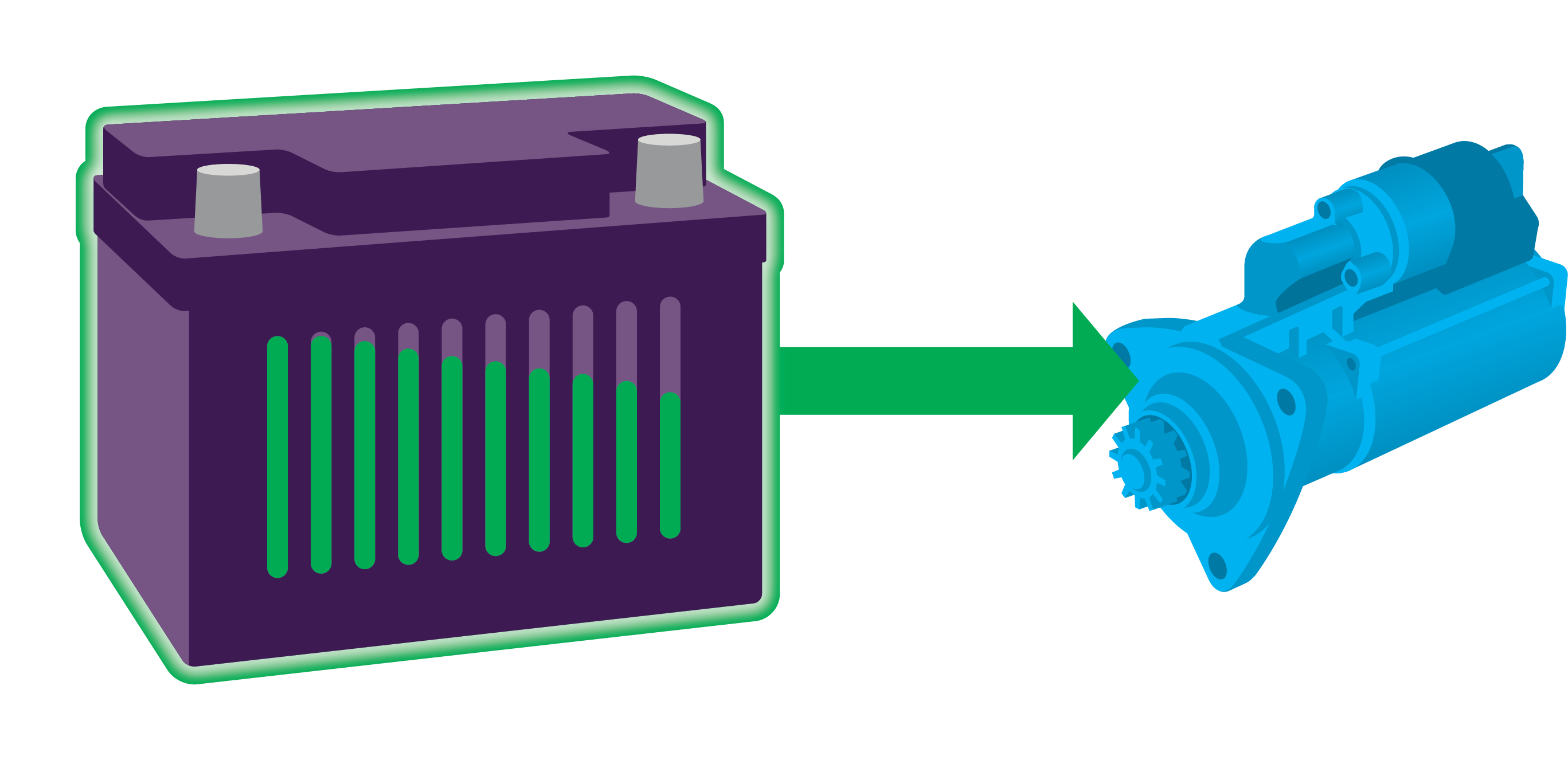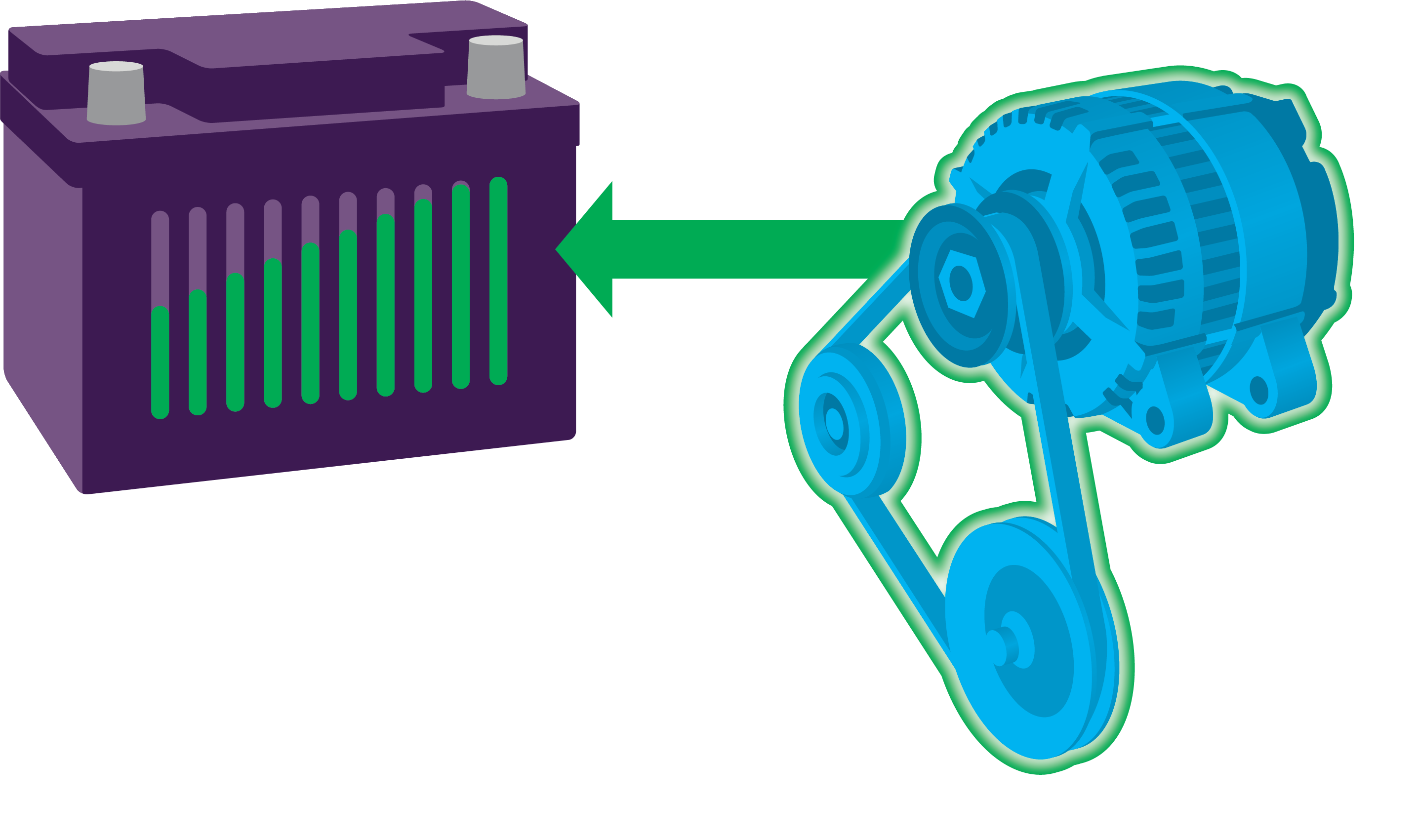How Your Car Battery Starts the Engine
Your battery does more than store energy — it powers the start of every journey.
Your car battery plays a critical role every time you start your vehicle. It doesn’t just hold power — it delivers the high-voltage burst needed to bring your engine to life.

It All Starts with the Battery
When you turn the key or push the start button, your battery is the first component to act. Inside, a chemical reaction between lead and acid produces electrical energy (voltage).
Voltage Powers the Starter
This voltage travels to the starter motor, which cranks the engine. This process relies on cranking power, measured by Cold Cranking Amps (CCA). The battery must deliver high power instantly — especially in cold weather.

The Engine Starts Turning
As the starter motor turns the flywheel, the engine begins moving. This draws in:
- Air through the intake
- Fuel from the fuel system
These elements mix and are compressed inside the cylinders.
Ignition Sparks Combustion
The battery also powers the ignition system, which fires the spark plugs. A spark ignites the fuel-air mixture, causing small explosions that move the pistons and start the engine cycle.
The Alternator Takes Over
Once the engine is running:
- The alternator produces power for your car’s electronics
- It recharges the battery, getting it ready for your next start

Why Battery Voltage and Health Matter
- Low voltage = weak or failed starts
- Cold temperatures reduce cranking power
- A worn-out battery can’t support ignition and starting
Tip: Most batteries perform best between 12.4–12.7 volts when fully charged.
Battery Health Tips
- Test your voltage regularly
- Look for corrosion at the terminals
- Replace the battery every 3–5 years or sooner in harsh climates
- Choose the right CCA rating for your driving conditions
How Start-Stop Technology Works
Start-stop systems automatically turn off your engine when the vehicle comes to a stop—like at traffic lights or in traffic—and restart it when you release the brake or engage the clutch.
- Reduces fuel consumption and emissions during idle
- Relies on your battery to restart the engine quickly and frequently
- AGM batteries are recommended due to their ability to handle repeated cycling and rapid recharge
If your vehicle has start-stop technology, using the right battery is critical to avoid premature failure.

